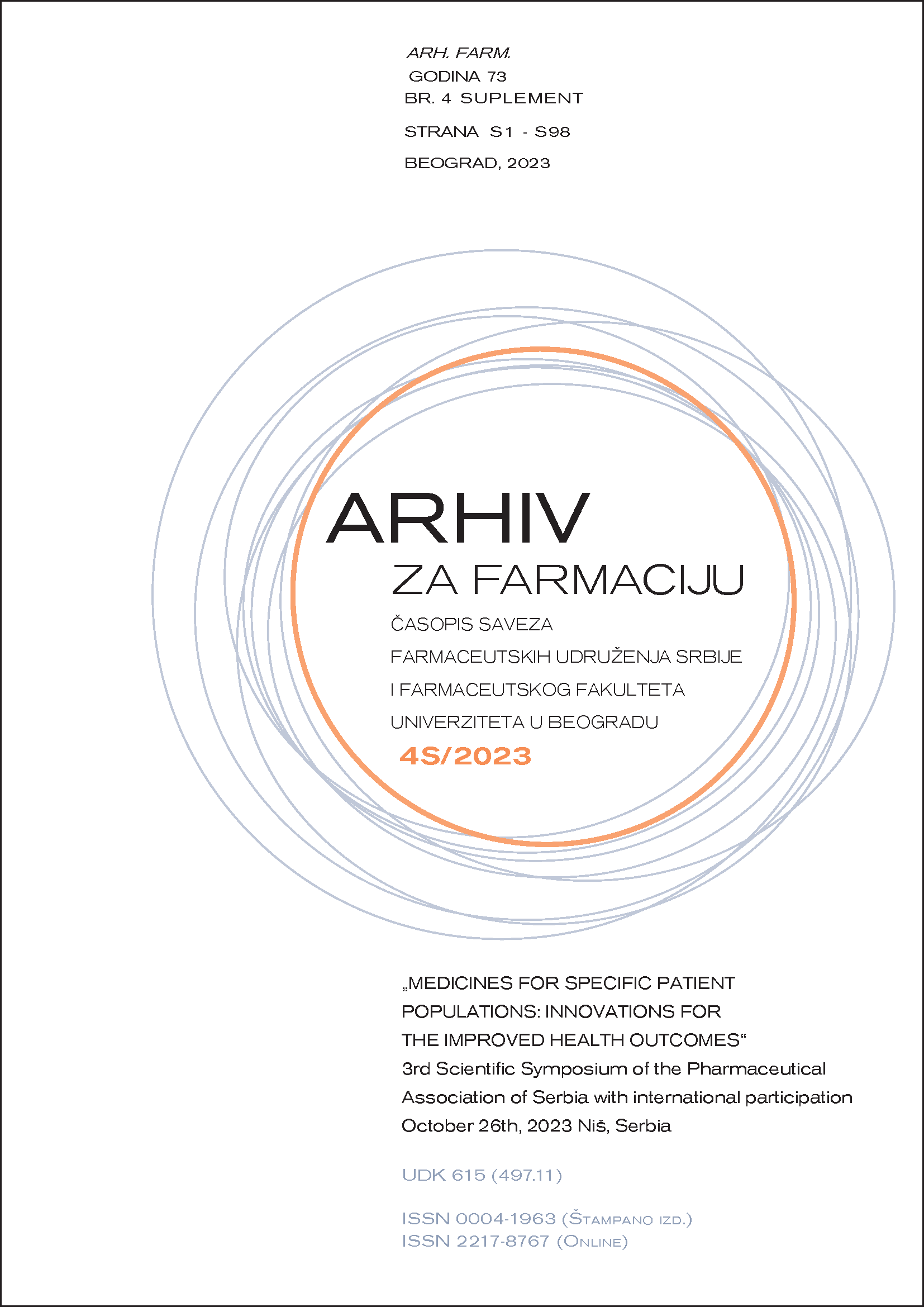THE FACTORS INFLUENCING GALECTIN-3 LEVELS IN POLYCYSTIC OVARY SYNDROME
Abstract
Polycystic ovary syndrome is the most common endocrinological and metabolic disorder present in women during the reproductive period. The serum values of galectin-3 are increased in patients with polycystic ovary syndrome and there is a positive correlation between the values of galectin-3 and insulin resistance, androgen level as well as hirsutism score (1). Bromocriptine inhibits LH hypersecretion leading to restoration of cyclic ovarian function and reduced androgen synthesis (2). Metformin is used as it increases insulin sensitivity and ovarian oestrogen synthesis and reduces ovarian androgen synthesis (3). Our goal was to identify factors which influence galectin-3 levels in polycystic ovary syndrome. At the gynaecology and obstetrics clinic, University Clinical Centre Niš galectin-3 levels were measured in 53 patients, aged 23-43, affected by polycystic ovary syndrome. All patients were given metformin while 11 patients also received bromocriptine. The information gathered from serum samples was analysed in the program SPSS v27.0 via multivariate regression analysis as well as calculating the mean and standard deviation of metformin dose and bromocriptine, metformin and galectin-3 serum concentrations. Multivariate regression analysis was used to determine the influence of age, smoking, BMI, creatinine clearance, bromocriptine and metformin dose on galectin-3 concentration. The examined model explains 23,2% variance of galectin-3. Significant independent variables were bromocriptine use (Beta=0,484, p=0,036) and metformin dose (Beta=0,461 p=0,050). The influence of bromocriptine was more significant than metformin dose. Galectin-3 concentration was higher in patients treated with metformin and bromocriptine, as well as patients who received a larger dose of metformin.
References
1. Yilmaz H, Celik HT, Ozdemir O, Kalkan D, Namuslu M, Abusoglu S, Atalay CR, Yigitoglu R. Serum galectin-3 levels in women with PCOS. J. Endocrinol. Invest. 2014 Feb; 37:181-7.
2. Spruce BA, Kendall‐Taylor PA, Dunlop W, Anderson AJ, Watson MJ, Cook DB, GRAY C. The effect of bromocriptine in the polycystic ovary syndrome. Clin. Endocrinol. 1984 Apr; 20 (4):481-8.
3. Wang YW, He SJ, Feng X, Cheng J, Luo YT, Tian L, Huang Q. Metformin: a review of its potential indications. Drug Des Devel Ther. 2017 Aug 22:2421-9.

